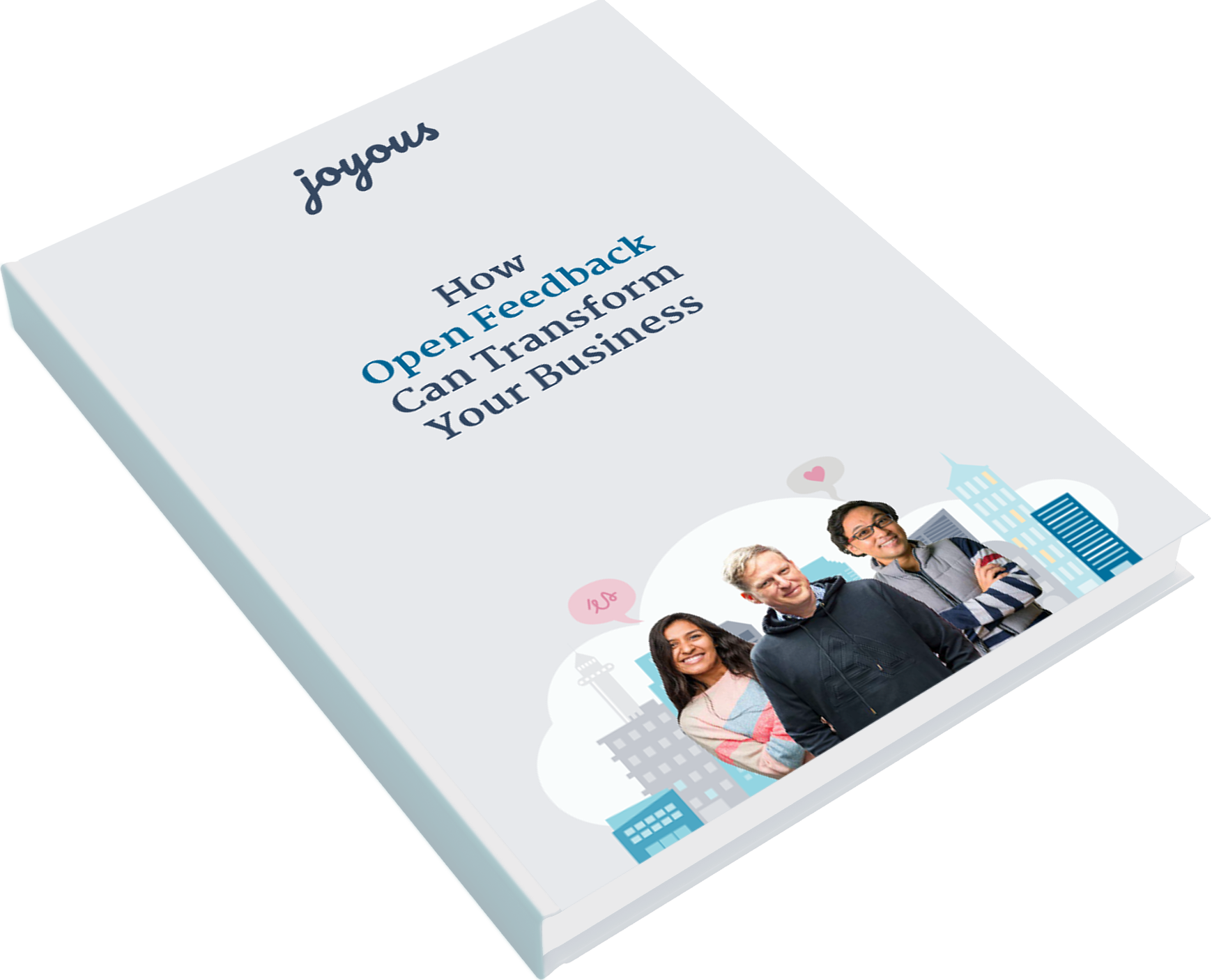EBook

We’ve known for a long time that employee feedback is a valuable input for business leaders to surface new ideas and problems, reduce risk, and improve culture. But when we look at how most organizations gather feedback today, it’s clear that there is a fair bit of disconnect between what we hoped for and what we’re getting. After 20 years of anonymous employee surveys as the most common method of collecting feedback, employees consistently report that nothing ever changed because of something they wrote in an employee survey. Why are people so pessimistic about the employee survey? The primary reason is this: The goal of employee feedback mechanisms has — until now — been to quantify your employees and reduce them to manageable statistics. Did engagement go up or down? What’s our participation rate? These are the questions of a leader focused solely on managing a scorecard instead of making a real business impact. Employee feedback is a valuable (and finite) resource. Organizations must stretch beyond merely measuring feedback and start using it to make a real impact on the employee experience, innovation, and strategic objectives.